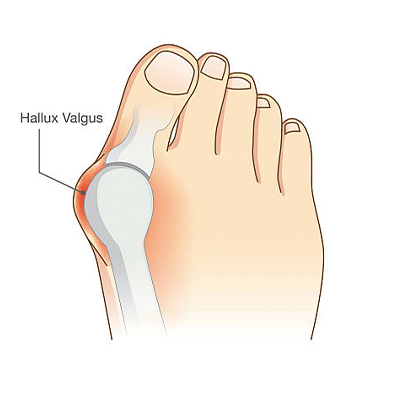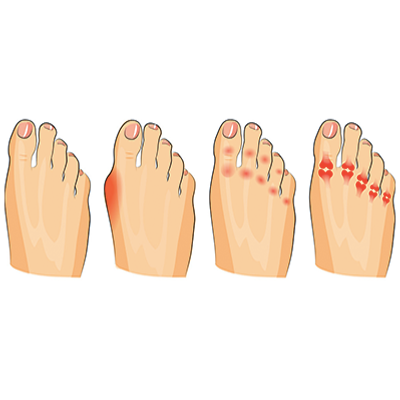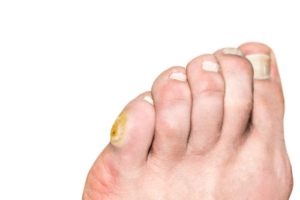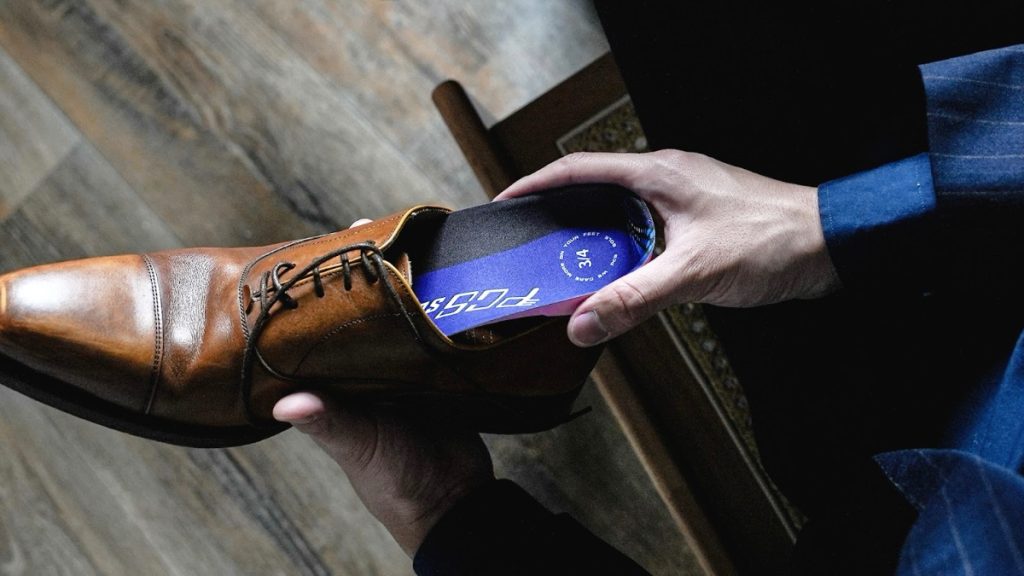Most of the foot problems start to affect people over 40 years, although they might occur in younger people. Besides, our feet are subjected to various problems as they support our bodies when walking, running, sitting, and climbing. As you reach the age of 40 years, you will start to experience symptoms such as inflammation, pain, and injuries in your feet.
It is estimated that in a group of four, one person has foot problems. Some foot problems are not severe and can be treated or managed. Others can be quite severe and impair the mobility and balance of an individual. However, it is important to have your foot problems treated early to avoid serious complications. Here are 10 common foot problems of people above 40 years.
Bunions

Athlete’s foot
The feet problem is caused by a fungus infection. Athlete’s foot most affects the areas between your toes where there is a warm and moist environment for the fungus to thrive. They can also develop on the bottom of your feet. The symptoms are inflammation and a white scaly rash that causes the skin to peel. You will also experience a burning and itching sensation.
Blisters

Arthritis

Corns
Corns are painless, circles that are caused by thickened skin. Nevertheless, they affect the toes and the bottom of your foot. They can cause discomfort when walking or running. To treat corns, you should wear fitting shoes, use cushioning for your toes, and prevent friction on your feet. If the corn persists, it can be removed professionally through surgery.





